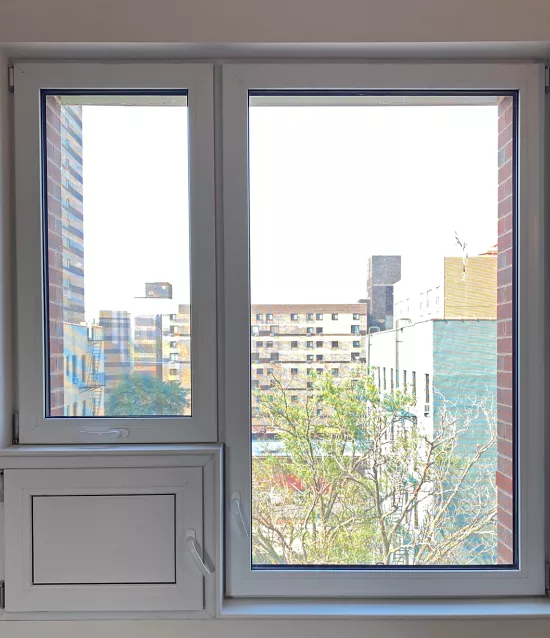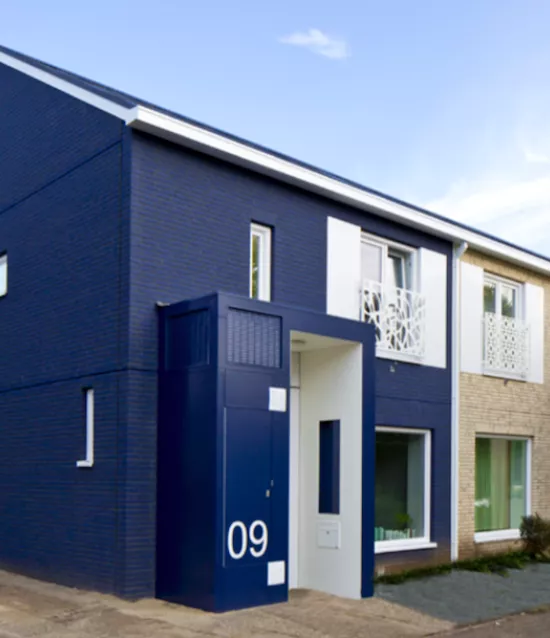Search our databases for:
Is there a window, door, skylight, or prefabricated panel system that interests you but is not yet certified? Tell us! We'll reach out to the manufacturer and let them know their products' data is in demand.

